Buying and renovating your first home is an exciting milestone, but it’s also full of potential pitfalls. Many first-time buyers overlook crucial warning signs that can turn a dream home into a financial nightmare. From structural issues hiding beneath fresh paint to underestimated renovation costs, missing these red flags can lead to costly regrets. Here are some common renovation mistakes that property virgins often overlook—so you don’t have to.
Fresh Paint in Just One Spot

A fresh coat of paint can make a home look new, but be wary if only one section of a wall or ceiling has been repainted. This could be a sign of water damage, mold, or an attempt to cover cracks that indicate foundation issues. Instead of being dazzled by a clean finish, ask for disclosures on past repairs and check for bubbling or discoloration beneath the paint. Ignoring this red flag could mean expensive fixes down the road.
Another telltale sign is when one room looks brand new while the rest of the house remains untouched. Sellers sometimes use selective painting to distract from problem areas rather than addressing the root cause. If a wall or ceiling has been patched unevenly, it could indicate previous leaks or poor insulation. Always inspect the area thoroughly or bring in a professional before committing to renovations.
Floors That Feel Uneven or Bouncy
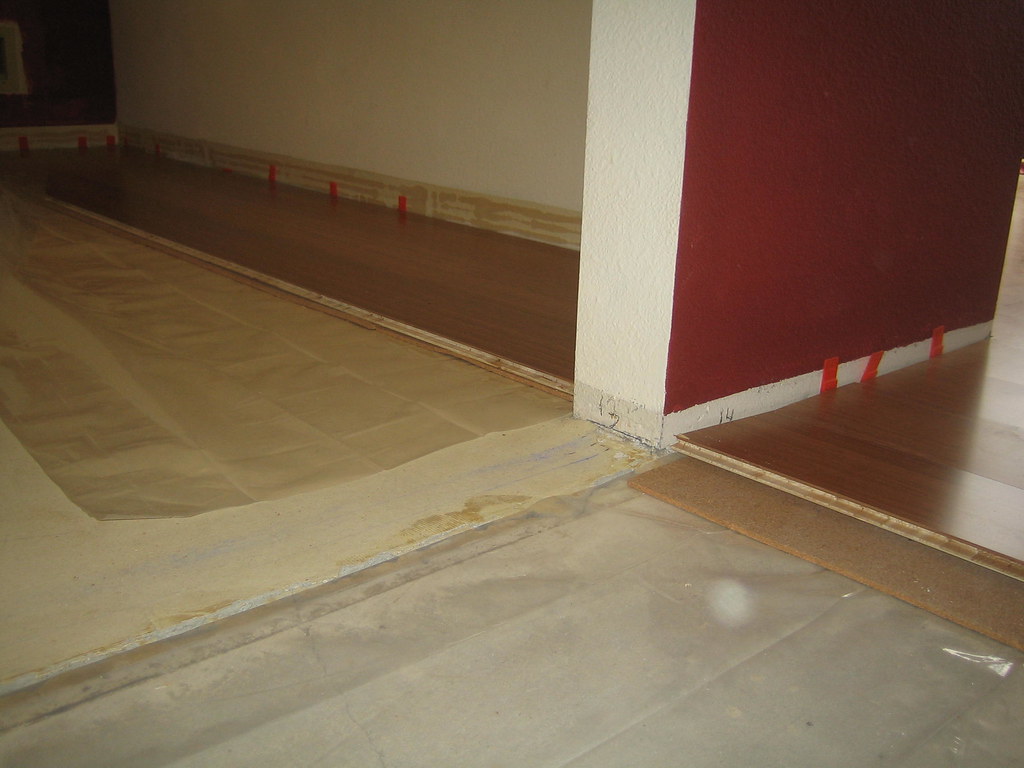
An uneven floor might seem like a minor inconvenience, but it often points to bigger structural problems. If floors feel spongy, dip in certain areas, or creak excessively, it could indicate issues with the subfloor, foundation, or joists. Many first-time buyers assume a simple floor replacement will fix the problem, but underlying issues can make renovations far more expensive. A professional inspection can determine if the problem is cosmetic or a costly structural fix.
Bouncy floors are often a sign of moisture damage or weakened support beams. Older homes in particular may have floors that sag due to wear and tear, but significant dips could mean past water intrusion. If floors are noticeably sloped, it may indicate foundation settling that requires major repairs. Skipping an inspection here could mean paying thousands in unexpected structural fixes.
Windows That Don’t Open or Close Easily
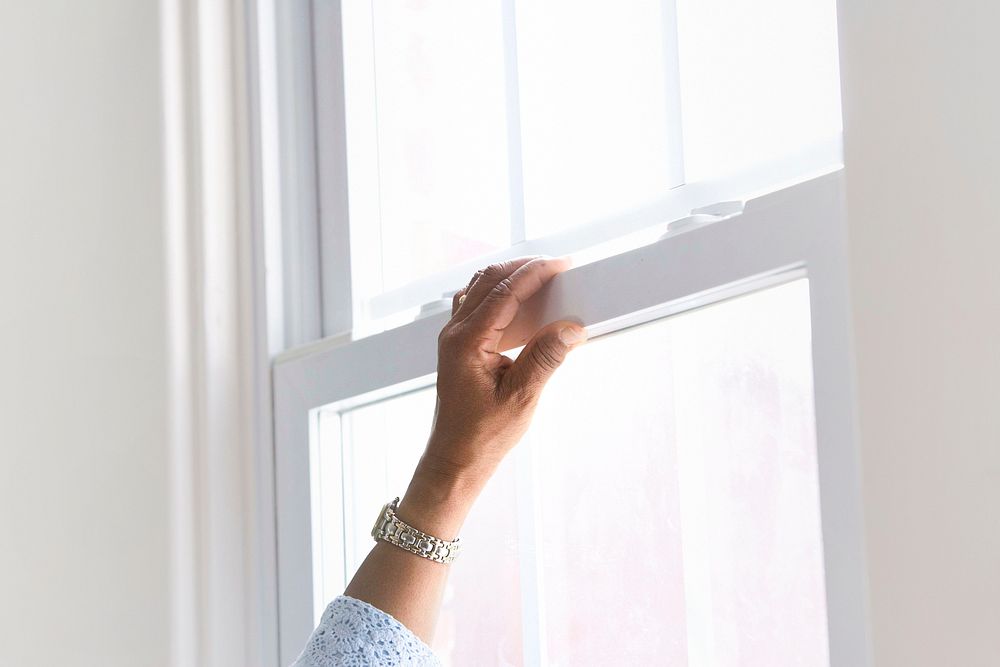
Sticking windows are often dismissed as minor annoyances, but they can signal bigger problems. Windows that won’t open properly could be due to poor installation, foundation shifts, or even water damage causing warping. While replacing a single window isn’t a huge expense, discovering that the entire home’s windows need replacement is a different story. First-time buyers often underestimate how costly full-window replacements can be.
Beyond functionality, stuck windows can also indicate poor ventilation or hidden mold growth. If moisture is trapped inside the walls, it can lead to rot and structural deterioration. Windows that appear new but still don’t function properly may have been installed incorrectly. Always test every window during a home tour to avoid costly surprises later.
A “Recently Updated” Roof With No Paperwork

A new roof is a great selling point—unless there’s no documentation to prove it was installed correctly. If a seller claims the roof is new but can’t provide invoices or warranties, you should be skeptical. Poorly installed roofs can lead to leaks, inadequate insulation, and costly repairs within just a few years. Without proper paperwork, you have no way of knowing whether the work was done by professionals or just a quick DIY fix.
Additionally, some sellers may replace only the visible sections of the roof while ignoring hidden issues like rotting underlayment or poor ventilation. This can lead to major problems down the line, including mold and structural damage. A home inspector can assess whether the roofing job was done properly or if it’s masking deeper problems. Never take a seller’s word for it—always verify with documentation and inspections.
DIY Electrical Work
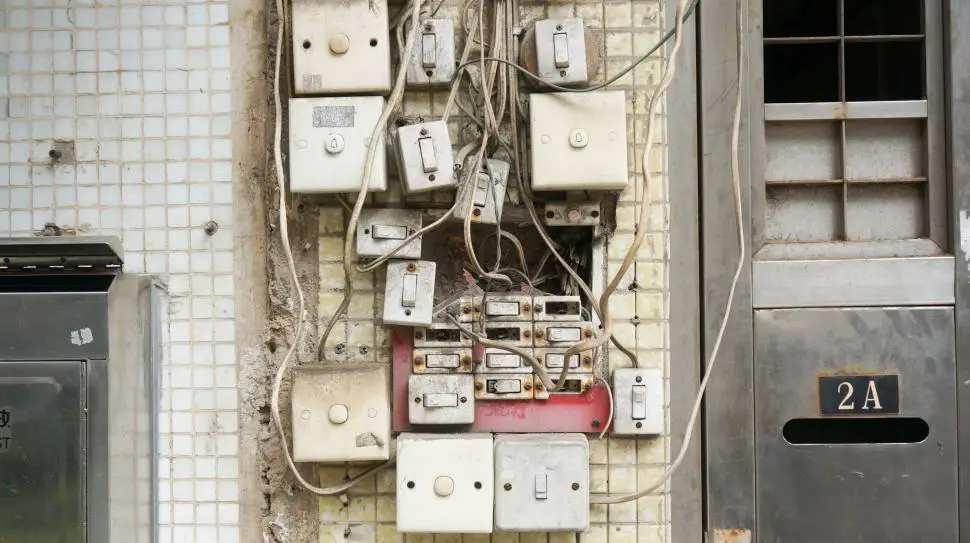
Electrical issues can be one of the most dangerous hidden problems in a home. Many first-time buyers don’t recognize the signs of unprofessional wiring, such as mismatched outlets, exposed wires, or overloaded breaker panels. Poorly executed electrical work can lead to fire hazards, costly repairs, and even difficulty obtaining homeowner’s insurance. If the electrical system looks questionable, have it inspected by a licensed electrician before purchasing.
One major red flag is when light switches or outlets don’t work consistently. This could indicate faulty wiring behind the walls, which may not be up to code. Older homes with multiple DIY fixes often have outdated or unsafe wiring that needs complete replacement. Electrical upgrades can be expensive, so don’t overlook potential warning signs.
Doors That Don’t Close Properly

A door that won’t shut properly may seem like an easy fix, but it could signal deeper structural issues. If multiple doors throughout the home stick or swing open on their own, it might indicate foundation movement. Small shifts in a home’s structure can create long-term problems, leading to cracks in walls and misaligned frames. Property virgins often assume new doors will solve the issue when the real culprit is the foundation.
Sometimes, uneven door frames result from moisture damage in the walls. If wood is swelling due to water intrusion, the problem could worsen over time. Pay close attention to doors on exterior walls or near bathrooms, as they’re more likely to show these warning signs. A home inspector can determine whether the issue is cosmetic or something far more serious.
A Musty or Damp Smell
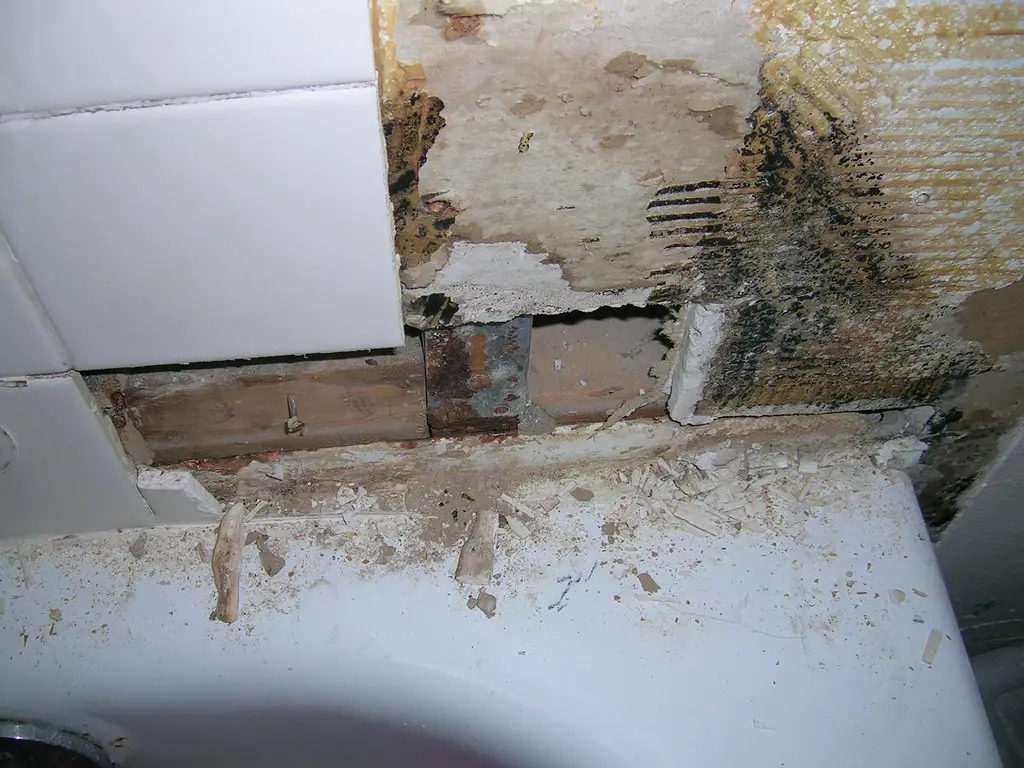
A home’s scent can tell you a lot about its condition. If you notice a persistent musty odor, it’s often a sign of hidden mold or poor ventilation. Even if the home looks clean, mold can thrive behind walls, under carpets, and in crawl spaces. Many first-time buyers overlook this issue, thinking a deep clean will fix the smell—but in reality, it could mean thousands in remediation costs.
Persistent dampness in a home can also signal water damage from leaks or high humidity. Check basements, attics, and around windows for signs of water stains or bubbling paint. A dehumidifier might mask the problem temporarily, but unless the source of moisture is addressed, it will keep coming back. If something smells off, trust your nose and investigate further.
Gaps Around Windows and Doors
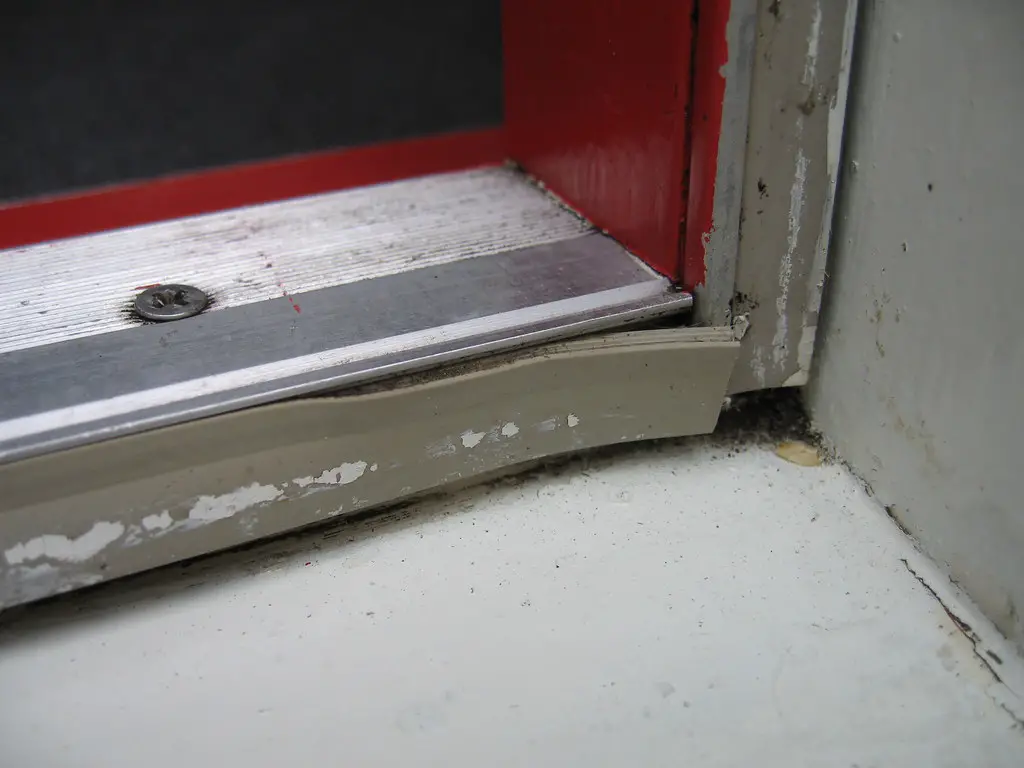
Small gaps around windows and doors might not seem like a major issue, but they can indicate poor insulation, water damage, or even foundation shifting. Over time, these gaps can cause drafts that drive up energy costs and make the home less comfortable. Many first-time buyers assume a little caulk will fix the issue, but in reality, it may require full window and door replacements. If left unaddressed, these gaps can also lead to moisture infiltration, causing mold and rot inside the walls.
Another issue is that these gaps can be a sign of poor craftsmanship in previous renovations. If doors or windows don’t sit flush in their frames, it could mean the original installation was rushed or improperly done. This not only affects insulation but can also reduce the home’s overall security. Before purchasing, check for air leaks or hire a professional to assess the extent of the problem.
Renovations That Look Too Good to Be True

A home that appears newly renovated may seem like a huge perk, but flashy upgrades can sometimes hide serious issues. Many first-time buyers get swept up in modern finishes without questioning what’s underneath. New countertops and cabinets may cover old plumbing, and fresh floors could be hiding rot or uneven subflooring. If a home was flipped quickly, it’s worth asking what shortcuts may have been taken.
In some cases, sellers invest in cosmetic updates to distract from structural concerns. If an older home has only had surface-level improvements while the electrical or plumbing remains untouched, expect to spend more on repairs down the line. Look for inconsistencies, such as mismatched fixtures or uneven tile work, which may suggest rushed craftsmanship. A thorough home inspection is essential to avoid getting stuck with expensive hidden problems.
Cracks in the Foundation or Walls

Not all cracks are created equal, but first-time buyers often underestimate their significance. Hairline cracks in drywall may be harmless, but deep or wide cracks in the foundation or exterior walls could indicate major structural issues. If cracks extend diagonally from doors or windows, it’s a sign that the home is settling unevenly. Foundation repairs can cost tens of thousands of dollars, making this a red flag that shouldn’t be ignored.
Large cracks in a basement or crawl space should be especially concerning, as they can allow water to seep in over time. Even minor foundation issues can lead to serious long-term problems, including shifting floors and compromised structural integrity. Before making a purchase, have a professional inspect any cracks to determine their cause and severity. Missing this warning sign can turn an affordable home into an expensive money pit.
Bathrooms Without Proper Ventilation
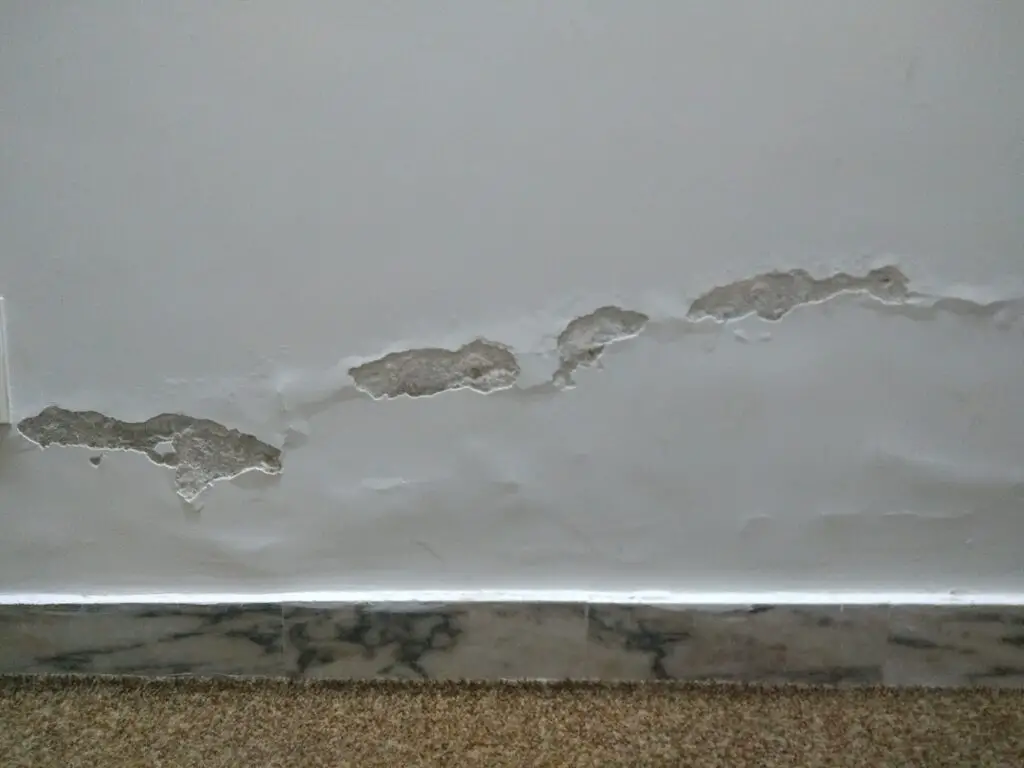
A beautiful bathroom with no fan or window may seem fine at first, but poor ventilation can lead to major issues over time. Without proper airflow, moisture gets trapped, creating the perfect environment for mold and mildew. Over time, excess humidity can cause peeling paint, warped cabinets, and even damage to the drywall. Many first-time buyers don’t realize how crucial ventilation is until it’s too late.
If you notice signs of excessive moisture, such as water stains or a musty smell, there may already be hidden damage. Bathrooms that feel damp long after a shower indicate a ventilation problem that will only worsen with time. Installing a proper exhaust fan can help, but if mold has already taken hold behind the walls, remediation costs can be high. Always check for signs of moisture damage before finalizing a purchase.
A Lack of Permits for Past Work
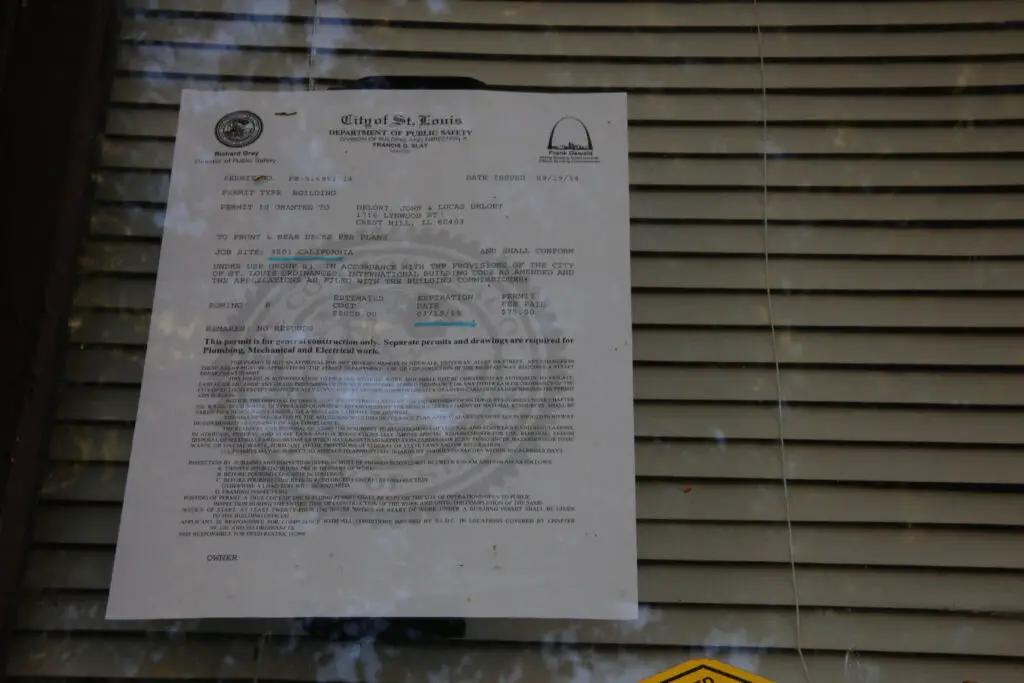
If a home has undergone major renovations, always ask for permit documentation. Many first-time buyers get excited about modern upgrades but fail to check whether the work was done legally. Unpermitted renovations can lead to failed inspections, fines, or even difficulty selling the home later. If a seller can’t provide permits for electrical, plumbing, or structural changes, proceed with caution.
In some cases, unpermitted work can void homeowners’ insurance coverage if something goes wrong. Buyers may also be forced to bring the home up to code, which can be extremely expensive. If a home looks recently updated but has no paperwork to back it up, have a professional inspect the work thoroughly. It’s better to catch potential issues before they become your financial responsibility.
A Backyard Prone to Flooding
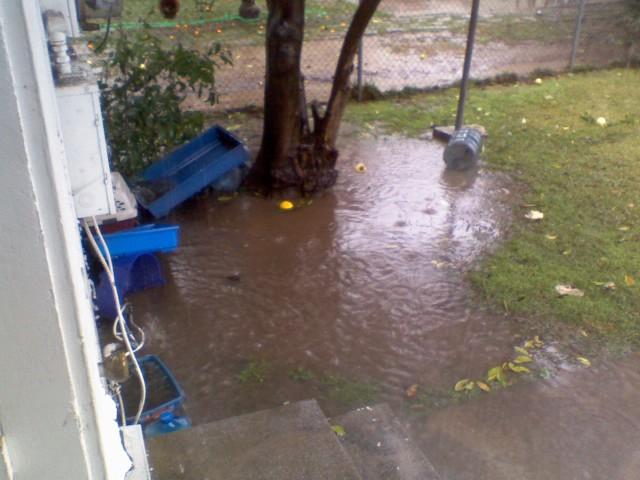
Outdoor spaces can be just as problematic as interior ones, and poor drainage is a common issue that first-time buyers miss. A sloped backyard that directs water toward the house can lead to basement flooding and foundation erosion. Puddles, water stains on exterior walls, or overly saturated grass are warning signs of drainage problems. Fixing major grading issues can be expensive, requiring re-sloping or installing a drainage system.
Standing water can also create an environment for pests like mosquitoes or termites, leading to even bigger headaches. If the yard appears soggy after a small amount of rain, ask about previous water issues or sump pump installations. Some sellers may try to mask drainage problems with temporary landscaping, so always check the property after a rainstorm if possible. Investing in proper drainage early can save thousands in future repairs.
A Home That Smells Too “New”

A house that smells overwhelmingly of fresh paint, new carpet, or air fresheners might seem appealing, but it could be covering something up. Strong artificial scents can mask mold, pet odors, or lingering smoke damage that will become apparent once you move in. First-time buyers often assume a “new” smell is a good thing, but it’s worth questioning what’s being hidden. Sellers sometimes use strong cleaning agents to disguise deeper issues.
A home with an overpowering chemical smell may also contain off-gassing materials like newly installed vinyl flooring or cabinets. While not necessarily a dealbreaker, these chemicals can cause health issues for sensitive individuals. If a home smells suspiciously fresh, open windows and check for signs of lingering odors beneath the surface. Trust your senses—if something doesn’t seem right, it’s worth investigating further.
